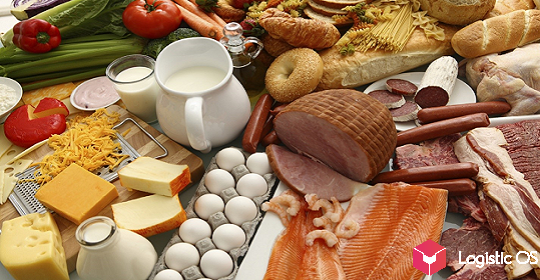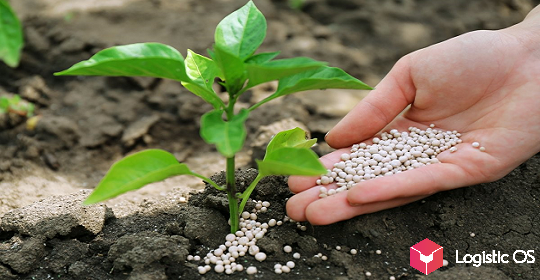According to experts, the acceleration of price growth may be due to the depreciation of the ruble.
According to the latest data, from August 8 to 14, inflation was 0.1%, which is 10 times higher than a week earlier.
That is, there is a noticeable acceleration.
In general, since the beginning of the year, inflation has amounted to 3.52%. Based on this, there is no certainty that it will be able to stay within the limits set by the Central Bank of the Russian Federation for this year — 5-6.5%.
Nevertheless, Olga Belenkaya, Head of the Macroeconomic Analysis Department of FG Finam, believes that there are chances for this.
What went up the most?
The list of products whose buyers have noticed the increase in prices is quite extensive.
In particular, these are meat products — pork, chicken meat, sausages, sausages, boiled sausage.
Inflation also affected cereals — sugar, buckwheat, rice. Sunflower oil, tea, frozen fish and other products also rose in price.
The decrease affected mainly fruits and vegetables, but this is most likely due to the seasonal factor.
What is the reason for the accelerated price growth?
Almost all experts agree that the depreciation of the ruble plays a key role here, last week the rate reached 100 rubles per dollar.
In such conditions, imports become very expensive, which hits prices.
For example, bananas and oranges, which are precisely imported goods, have risen in price significantly: Russian companies have to buy them abroad for dollars, and they are now expensive.
But even if Russia does not buy this or that product directly abroad (for example, buckwheat, sausages), the cost of their production may increase due to the rise in the cost of goods needed for this (machinery, equipment, spare parts, seeds).
This is also reflected in the price of the final product.
What are the prospects for inflation?
Next year, the Central Bank set a target for inflation at 4%, but this will not be easy to achieve, experts say.
At the same time, the devaluation of the ruble has not yet fully reflected on inflation, this may happen in the coming months.
However, the measures of the Central Bank have already led to the fact that the dollar has almost returned to its «legal limits» to 90-95 rubles.
To do this, the regulator not only raised the rate from 8.5% to 12%, but also agreed with exporters to sell a significant part of foreign exchange earnings.
With this in mind, the effect of a short-term depreciation of the ruble may not be so big.
At the same time, it is very important for the Russian economy that inflation does not go beyond the target limits — otherwise the Central Bank will have to raise the rate even more, and this significantly slows down development.

